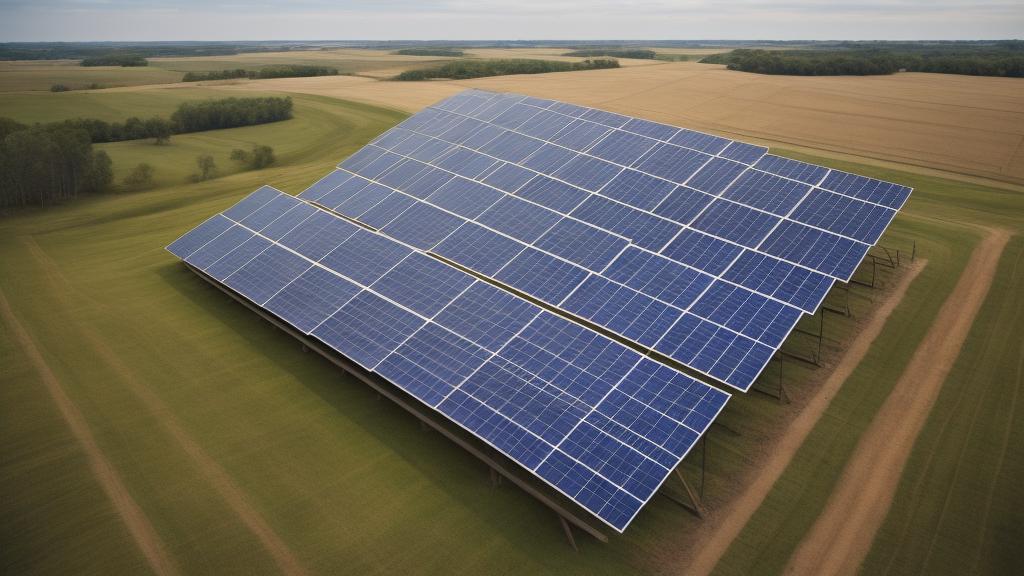In the quiet, sprawling fields of America's heartland, an energy revolution is quietly taking root. Solar panels, once a symbol of futuristic energy solutions and eco-conscious urbanites, are now becoming a staple in rural communities. These solar units are bridging the gap between remote areas and sustainable energy, providing unprecedented opportunities for local economies, and changing the dynamics of how rural households function. The transformation is both inspiring and pragmatic. Farmers, ranchers, and rural homeowners are finding in solar power an unexpected ally, helping them cut costs, become energy-independent, and even tackle climate change from their own backyards.
In the past, the installation and maintenance of solar panels could be prohibitively expensive for those living off the beaten path. However, recent advancements have driven down the cost of solar technology, making it more accessible than ever. Incentives at the federal and state levels, combined with financing options tailored to rural needs, have removed many financial barriers. Now, solar panels are not only feasible but financially wise investments for rural properties.
On a functional level, solar energy brings a resilience that’s particularly crucial for rural communities. In areas where power outages can be frequent and prolonged, having a renewable energy source offers a reliable backup. This is especially important for agricultural operations relying on constant power for activities like irrigation and refrigeration. Reliable electricity from solar panels can mean the difference between thriving and struggling seasons.
Beyond mere functionality, solar energy is fostering a sense of community in rural areas. Local solar projects often create jobs, not just in panel installation and maintenance, but in new business ventures powered by the sun's energy. Community solar gardens are becoming popular, where residents collectively invest in solar panels located in a shared area and reap the benefits together. These projects help foster a sense of collective ownership and communal effort towards a greener future.
Moreover, the integration of solar panels in rural America is playing a pivotal role in environmental conservation. These areas, rich with natural beauty and biodiversity, stand to lose much from climate change. By adopting solar energy, they cut down on fossil fuel reliance and carbon emissions, protecting their local environment. This adoption is a small but significant step in a larger global effort to combat environmental degradation.
Another substantial benefit is the educational aspect. Schools and local institutions incorporating solar energy into their operations often use them as teaching tools. Children and young adults are growing up with the understanding that renewable energy sources are viable and smart. This education lays the groundwork for a generation that prioritizes sustainability.
However, the transition to solar in rural areas isn’t without challenges. There are logistical hurdles, such as finding suitable locations for panels while navigating land use regulations. There’s also a cultural shift required; convincing longtime residents to shift from traditional power sources to something as novel as solar energy can take time and effort. These challenges are gradually being addressed with community outreach and education programs designed to foster trust and acceptance of solar technology.
The future of solar energy in rural America looks bright. As technology continues to advance and costs continue to drop, the integration of solar panels in these areas is expected to increase. Innovations such as solar-powered tractors and other farming equipment are already in development, promising to revolutionize agricultural practices even further. The scope of what solar energy can achieve in rural areas is vast and varied, offering a glimpse into a future where sustainable living is not just an urban luxury but a rural reality.
In conclusion, the spread of solar panels in rural communities represents more than just an energy shift—it symbolizes a movement towards self-sufficiency, economic resilience, and environmental stewardship. It is a quiet but powerful revolution, empowering rural America to shine with the unyielding optimism of the sunshine itself.
How solar energy is transforming rural communities

